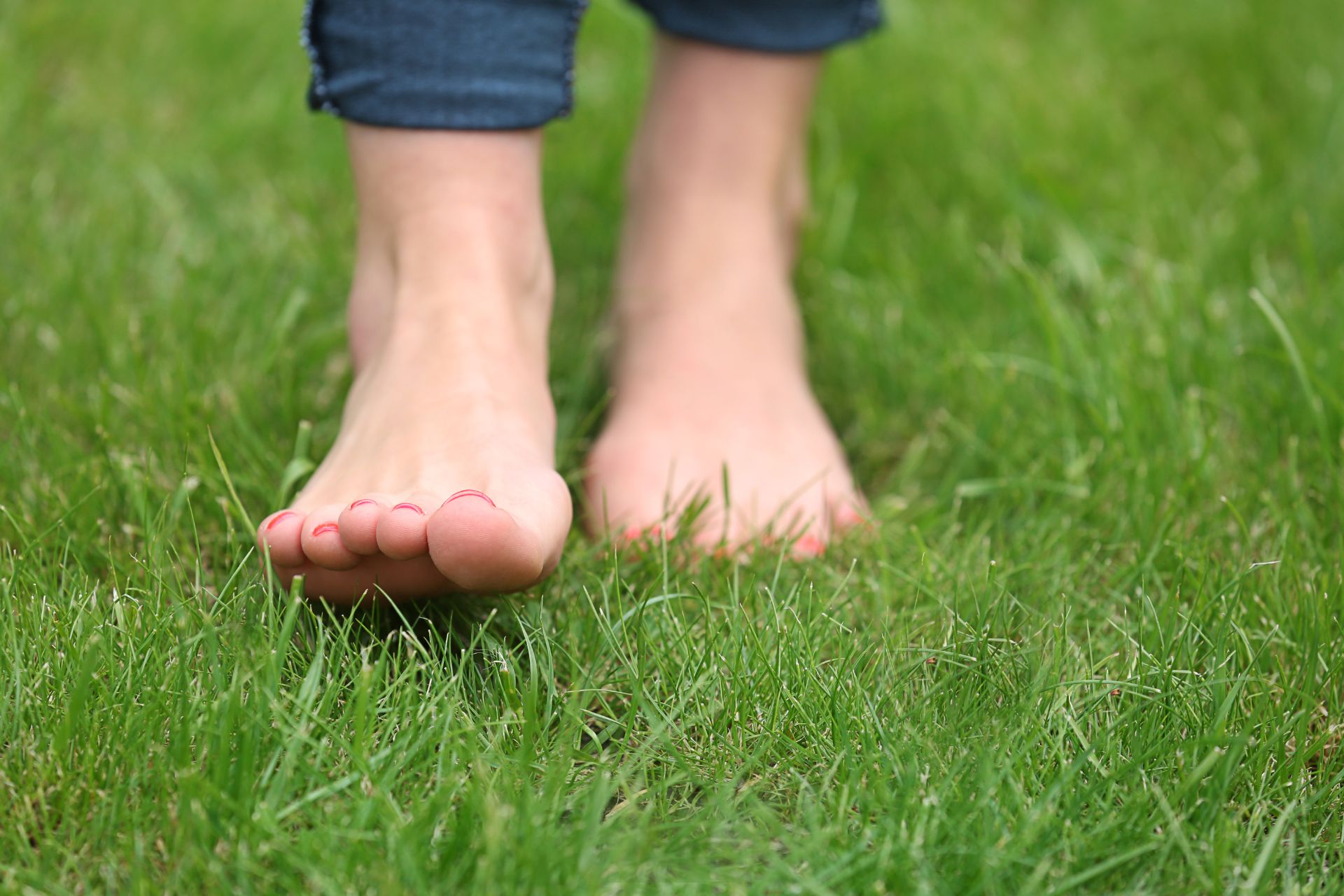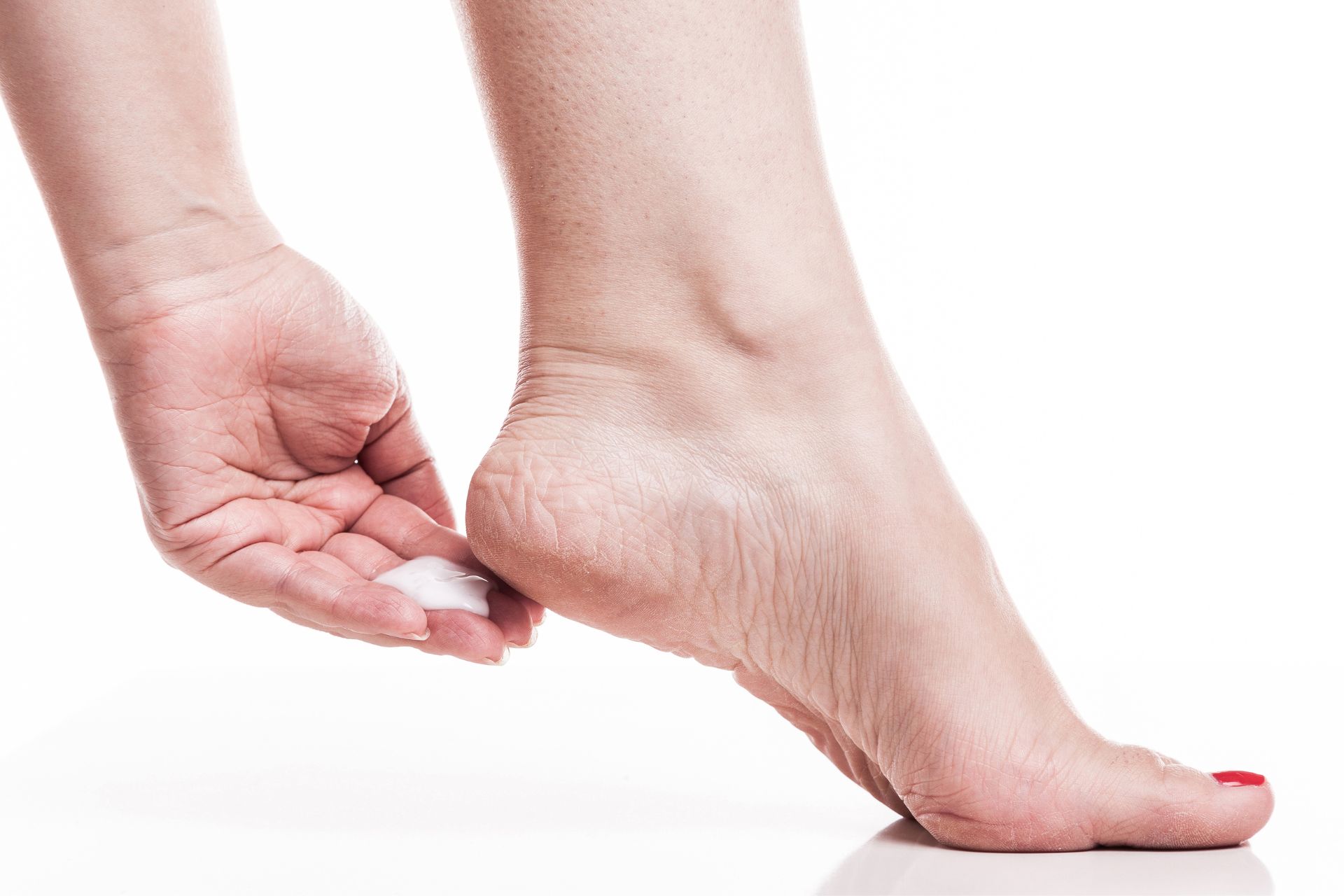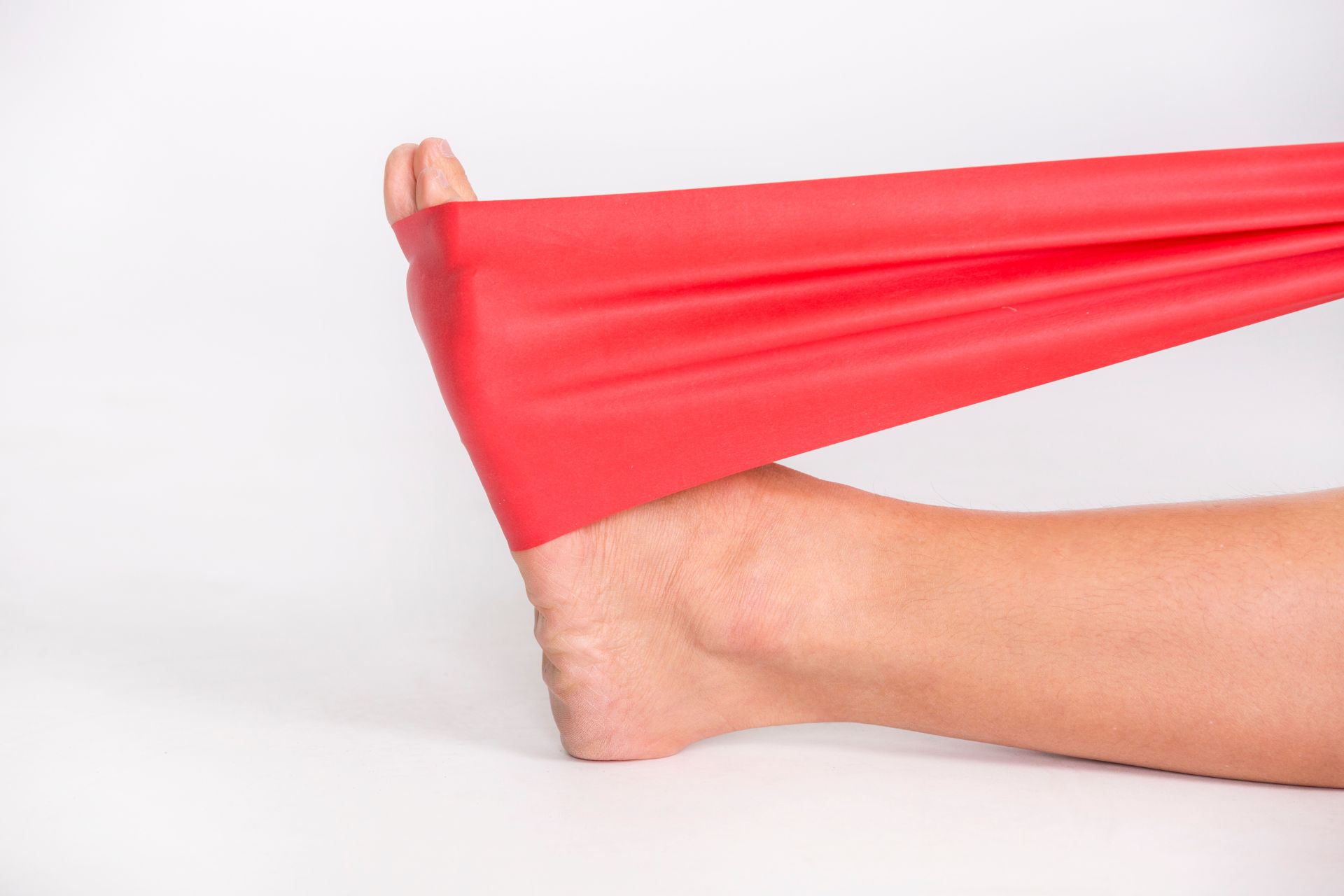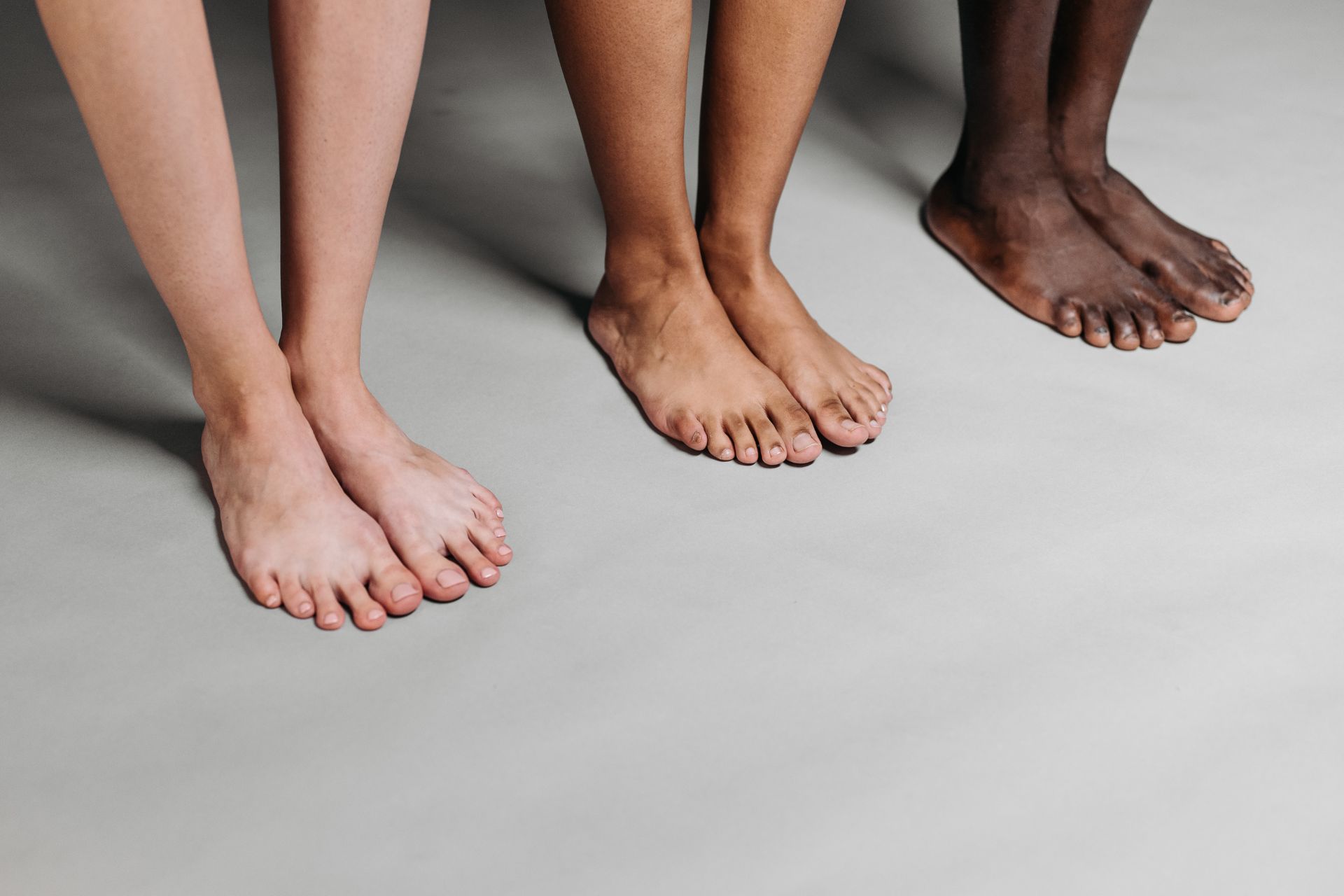our feet spend most of their time confined in shoes, walking on hard, artificial surfaces. Yet for thousands of years, humans walked naturally—without shoes—across various terrains. This primal habit of moving in bare feet has gained renewed attention, as more people discover the physical and mental benefits of reconnecting with the ground beneath them. While it’s not about throwing your shoes away completely, walking without footwear in controlled and safe environments can offer a range of surprising advantages for overall health.
The Human Foot Was Designed to Move Naturally
The human foot is a complex and adaptive structure composed of 26 bones, 33 joints, and over 100 muscles, tendons, and ligaments. It is meant to flex, grip, and respond to the ground in ways that help us balance, absorb shock, and move efficiently. Walking in bare feet allows your feet to perform these functions without restriction, encouraging a more natural gait and posture.
When you wear cushioned shoes with arch supports and elevated heels, the mechanics of walking change. The foot becomes reliant on external support, and over time, certain muscles may weaken while others are overused. Barefoot walking encourages you to engage foot muscles that are often neglected, which can help improve strength, coordination, and balance.
Improved Posture and Alignment
One of the key benefits of walking without shoes is better alignment. Shoes with thick soles and elevated heels can alter the way your spine and pelvis align, which may lead to issues like lower back pain or hip discomfort. Walking barefoot allows your body to return to its natural posture. As your feet engage with the surface below, your body makes small adjustments that promote healthy alignment throughout your entire frame.
Over time, regularly walking barefoot may reduce chronic pain linked to poor posture and muscle imbalances. For people who spend hours sitting or standing each day, reconnecting with natural walking patterns can be a helpful way to counteract some of the stress placed on the body.
Strengthening the Feet and Ankles
One of the most direct benefits of walking in bare feet is stronger foot and ankle muscles. When you walk without the support of footwear, your body is forced to stabilize itself with the muscles in your feet and legs. This can lead to improvements in foot function, toe flexibility, and arch stability.
Foot strengthening also helps reduce the risk of injuries such as sprains, plantar fasciitis, and Achilles tendonitis. Additionally, strengthening the feet may benefit individuals with flat feet or fallen arches, offering a natural and gradual method of rehabilitation when done safely.
Better Sensory Feedback and Balance
Our feet contain thousands of nerve endings that provide constant feedback to the brain about the surface we’re walking on. Walking barefoot enhances this sensory feedback, improving proprioception, your body’s ability to sense its position and movement in space.
Improved proprioception can help with coordination and balance, especially in older adults or individuals recovering from injury. Feeling the ground directly underfoot helps the brain react more quickly to changes in terrain, which may prevent slips and falls.
Encouraging Natural Movement Patterns
Footwear can change the way we move, often causing us to land heavily on our heels when walking or running. In contrast, walking in bare feet typically promotes a more forefoot or midfoot strike, which naturally reduces impact on joints like the knees and hips.
This shift in walking pattern can lead to less joint stress and greater fluidity in movement. It may also benefit people who suffer from joint pain, arthritis, or mechanical imbalances related to poor walking habits developed over years of shoe use.
Earthing and Grounding Benefits
There is also an emerging body of research around the concept of “earthing” or “grounding,” which refers to the practice of walking barefoot on natural surfaces like grass, soil, or sand. Proponents suggest that direct contact with the Earth’s surface may reduce inflammation, improve sleep, and enhance mood through the transfer of natural electrical charges.
While more research is needed, many individuals report feeling more relaxed and energized after spending time barefoot outdoors. Whether or not you subscribe to the electrical theory behind grounding, the act of walking barefoot in nature promotes mindfulness, reduces stress, and helps individuals feel more connected to their environment.
How to Practice Barefoot Walking Safely
If you’re new to walking in bare feet, it’s important to approach the practice gradually and with caution. Here are some tips to get started safely:
1. Start Indoors
Begin by walking barefoot on clean indoor surfaces like hardwood, tile, or carpet. This helps your feet adjust without the risk of stepping on sharp objects or rough terrain.
2. Strengthen Slowly
Don’t expect to walk long distances barefoot right away. Start with a few minutes each day and gradually increase your time as your feet get stronger.
3. Choose the Right Terrain
When you’re ready to venture outside, start with safe surfaces like grass, sand, or rubberized tracks. Avoid walking barefoot on rough, uneven, or littered ground to prevent injuries.
4. Stretch and Mobilize
Before and after barefoot walking, stretch your feet and calves to maintain flexibility. Rolling the bottom of your feet on a massage ball or doing toe exercises can also help.
5. Listen to Your Body
Discomfort is normal in the beginning, but sharp pain is not. If you experience prolonged soreness or issues like heel pain, consult a foot specialist.
Potential Risks to Be Aware Of
While walking in bare feet has many potential benefits, it’s not ideal for everyone. People with diabetes, circulation issues, or open foot wounds should avoid barefoot walking due to the risk of infection and injury. Similarly, individuals with certain foot deformities or severe biomechanical problems may need to consult a podiatrist before going barefoot.
It’s also important to be mindful of where you walk. Urban environments may pose hazards like glass, nails, or chemicals on the ground. If you prefer to go barefoot outdoors, choose clean, safe areas like maintained parks or beaches.
Integrating Barefoot Time Into Your Routine
You don’t need to give up shoes entirely to reap the benefits of barefoot walking. Even just a few minutes a day can strengthen your feet and improve your posture. Some people integrate barefoot time by practicing yoga or Pilates without shoes, walking on the grass during breaks, or simply going shoeless at home more often.
Transitioning to minimal or barefoot-style footwear is another option. These shoes are designed to mimic the feeling of being barefoot while offering some protection, and they can help ease your feet into a more natural walking experience.
Bare Feet and Holistic Foot Health
Going barefoot, when practiced mindfully, can be a valuable tool in your overall foot health regimen. Alongside good hygiene, nail care, moisturizing, and proper footwear when needed, barefoot walking supports stronger, more functional feet. It’s not just about freedom, it’s about returning to a more intuitive way of moving and building a healthier foundation from the ground up.
If you’re curious about how going barefoot may benefit your foot health, or you’re experiencing discomfort when trying, it’s a good idea to consult with a licensed foot specialist.
Take the Next Step Toward Healthier Feet
At Steady Gait Foot Clinic in Scarborough, our team can guide you in building strong, pain-free feet with a personalized approach. Whether you’re exploring barefoot movement or dealing with foot issues, we’re here to help. Contact us today for expert care you can trust.
